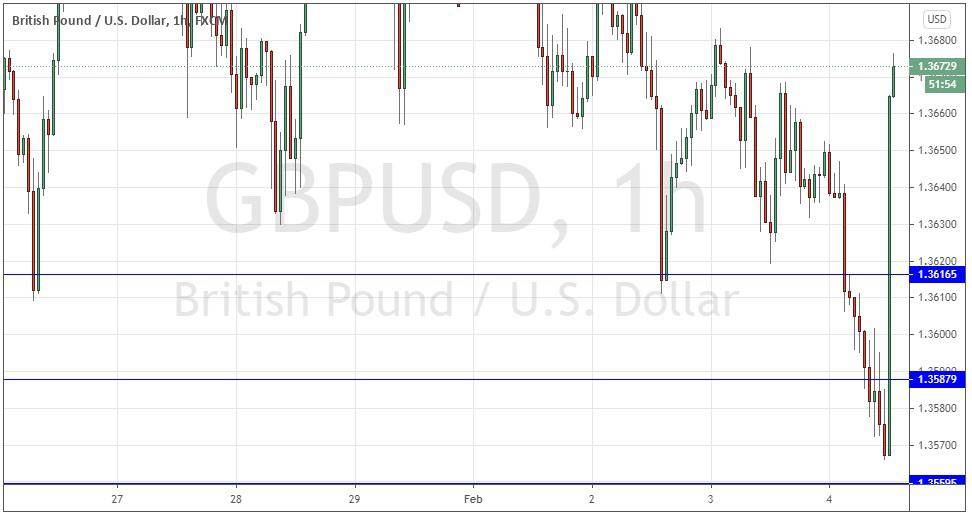Elon Musk Dogecoin Stonk
Following his peripheral involvement with last week’s wallstreetbets campaign to put a short squeeze on a few hedge funds, Elon Musk has again goosed the market with a single tweet. This morning at 08:27 UTC, the wealthiest man on Earth tweeted the simple one-word message “Doge” – preceded by an image of a soaring space rocket. To his Twitter followers in the know, it was clear he was trying to talk up the cryptocurrency Dogecoin. “The crowd” has discovered in recent days that it has an ability to use the internet to organize concerted buying of relatively illiquid assets to the point where the price gets pushed up – resulting in relatively easy profit for anyone who piles in, but makes sure to exit the trade before the music stops.

Ironically, Dogecoin had already risen dramatically in the few hours preceding Musk’s tweet by as much as 63%, an astonishingly steep and fast rise but nothing unusual for a cryptocurrency, especially a relatively minor one like Doge. Musk’s tweet could even be taken as mere commentary, while it may be that the Wall Street Bets crowd were the push behind the original move.
Following Musk’s tweet, Dogecoin rose by approximately 20%, but at the time of writing, it has fallen back to roughly the same price it was at before he began tweeting about it. However, Dogecoin has attracted interest as a “stonk”, so can be prone to high volatility and sudden bursts of strong retail buying and massive price rises going forward. Investors looking for a high-risk bet might find buying a little Dogecoin attractive in this environment.
Bank of England Cools on Negative Rates
The Bank of England’s monetary policy committee met today to give its monthly policy release. There was no change in the headlines: the base rate was kept at 0.1% by unanimous vote of the committee members, and the asset purchase program was left unchanged. Something unexpected did happen, though: the bank used language which dampened recent speculation that a negative interest rate policy was on the horizon for the British pound. After consulting with major British lenders, the bank published the results of its review into the implications of a negative interest rate policy, which indicated that banks would need at least six months to prepare for the implementation of such a policy: “The Prudential Regulation Authority’s engagement with regulated firms had indicated that implementation of a negative Bank Rate over a shorter timeframe than six months would attract increased operational risks….”
The British pound reacted positively to the statement, rising against the U.S. dollar by slightly more than 100 pips in a little over an hour, an increase of approximately 0.74% from 1.3567 to 1.3673.
Over the same time period, the pound gained almost identical percentage values against its other major currency counterparties, the euro and the Japanese yen.


